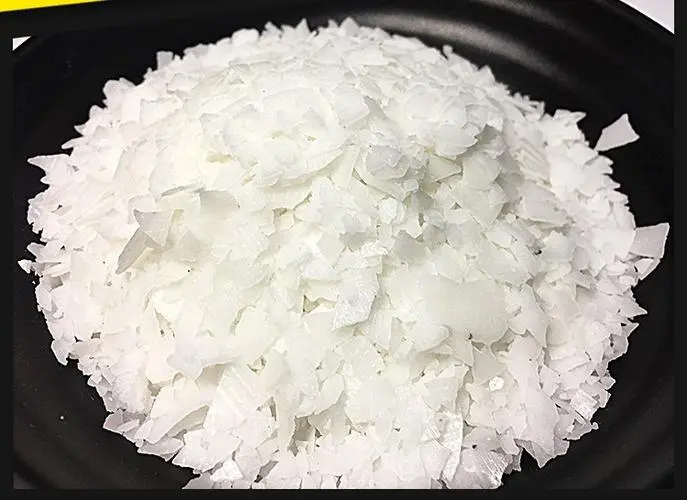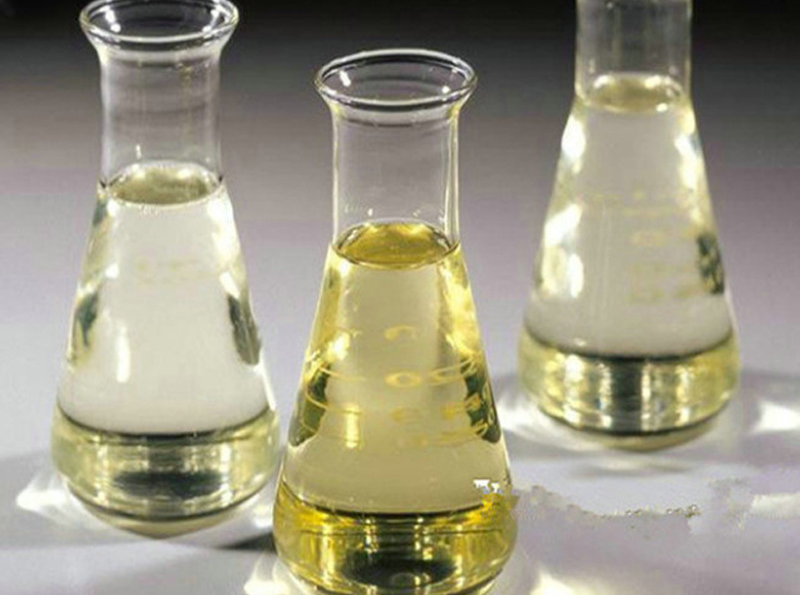That first gasp. That incredible moment when a newborn fills its tiny lungs with air for the very first time. It seems so simple. But behind that simple breath lies a complex biological countdown. A race against time happening deep within the developing baby. The star of this show? A slippery substance called surfactant. So when exactly are baby lungs ready? When is surfactant production truly sufficient to support life outside the womb?
(When Is Surfactant Sufficiently Produced To Support Respiration At Birth?)
Think of the lungs like millions of tiny, delicate balloons. These are the air sacs, or alveoli. Before birth, they are filled with fluid, not air. Breathing air is a whole new game. The problem? Water molecules inside these tiny sacs love to stick together. This creates surface tension. High surface tension makes the sacs want to collapse. Imagine trying to blow up millions of tiny balloons coated with glue. Every breath out, they’d stick shut. Every breath in would be a massive, exhausting struggle. Impossible for a newborn.
This is where surfactant saves the day. Surfactant is a special mix of fats and proteins. It coats the inside of those microscopic air sacs. Its job is simple but vital. It reduces that sticky surface tension. Think of it like biological dish soap breaking the water’s grip. With surfactant, the air sacs stay open easily. They inflate smoothly with each breath. They don’t collapse completely when the baby breathes out. Breathing becomes possible, not a battle.
The body knows this is critical. Production starts surprisingly early. Around week 24 of pregnancy, specialized lung cells begin making surfactant. But it’s a slow ramp-up. Early on, there’s just not enough. The amount increases steadily over the following weeks. This is nature’s careful preparation.
The magic window? Most experts point to around week 34 of gestation. By this stage, the lungs have usually produced enough surfactant. The system is mature enough. The baby is generally ready to handle the switch from fluid-filled lungs to air breathing. This timing isn’t random. It aligns beautifully with the final stages of lung development. The air sacs multiply. The blood vessels grow dense networks around them. Surfactant production hits its stride. It’s a coordinated effort finishing just in time.
This explains why premature babies, especially those born before 34 weeks, face such a big challenge. Their lungs are often underdeveloped. Crucially, they frequently lack sufficient surfactant. This leads to Respiratory Distress Syndrome (RDS). Breathing is incredibly hard work. Their little lungs just can’t stay inflated properly without that slippery coating. The earlier the birth, the higher the risk. It’s a direct consequence of surfactant levels being too low.
Modern medicine offers incredible help. Doctors can give synthetic surfactant directly into the lungs of premature babies. This lifesaving treatment mimics the natural substance. It buys crucial time. It allows the lungs to rest and continue developing while the baby breathes more easily. Ventilators or other breathing support often help too. It’s amazing science stepping in when nature’s schedule gets interrupted.
(When Is Surfactant Sufficiently Produced To Support Respiration At Birth?)
Understanding surfactant is understanding the foundation of life’s first breath. It’s a marvel of biological engineering. The body meticulously builds this essential substance. It ensures the lungs are truly ready for the monumental task of breathing air. That readiness peaks around 34 weeks. It marks the moment when a baby’s lungs transform from potential to power. They become capable of sustaining life independently. The countdown completes. The breath of life begins.
Inquiry us
if you want to want to know more, please feel free to contact us. (nanotrun@yahoo.com)




